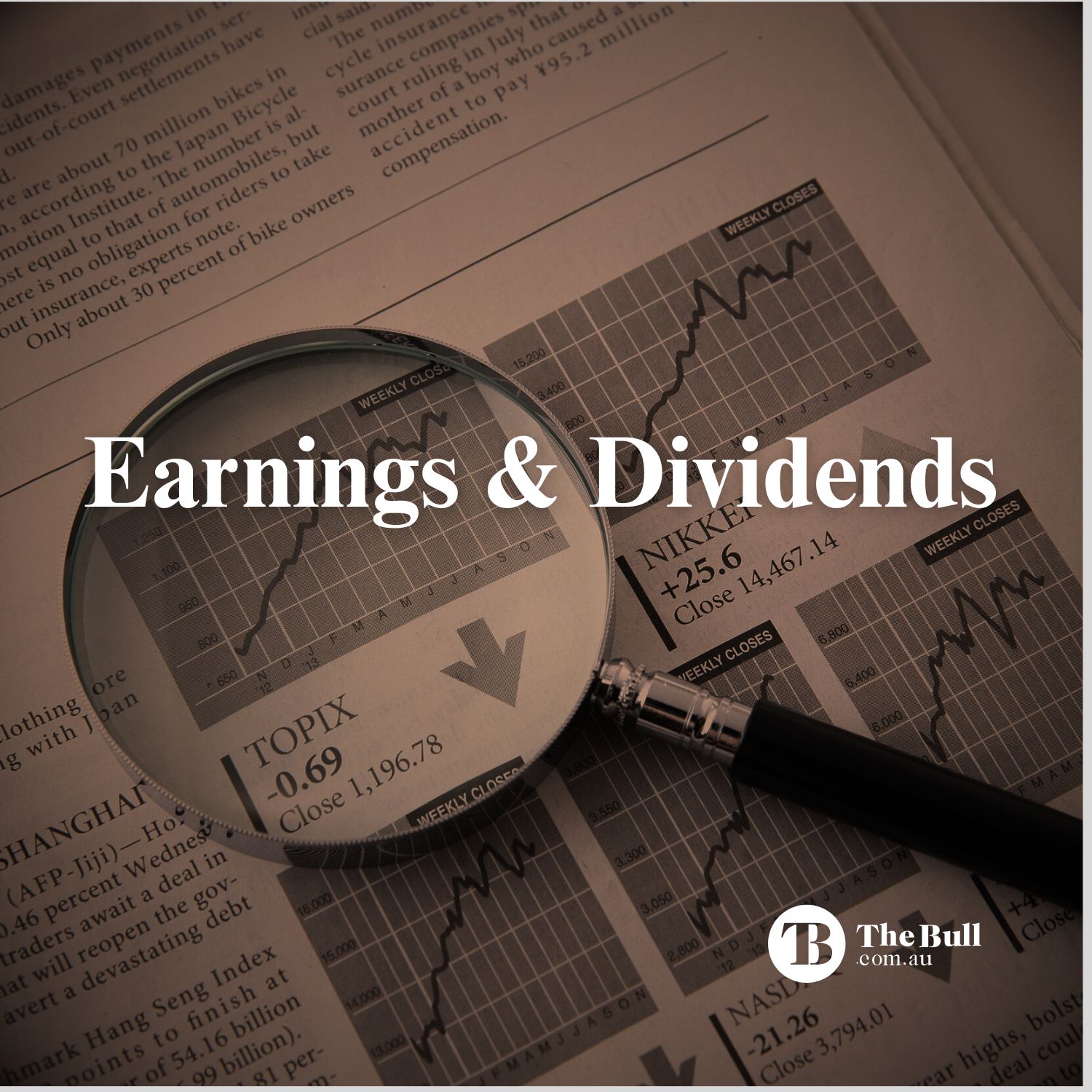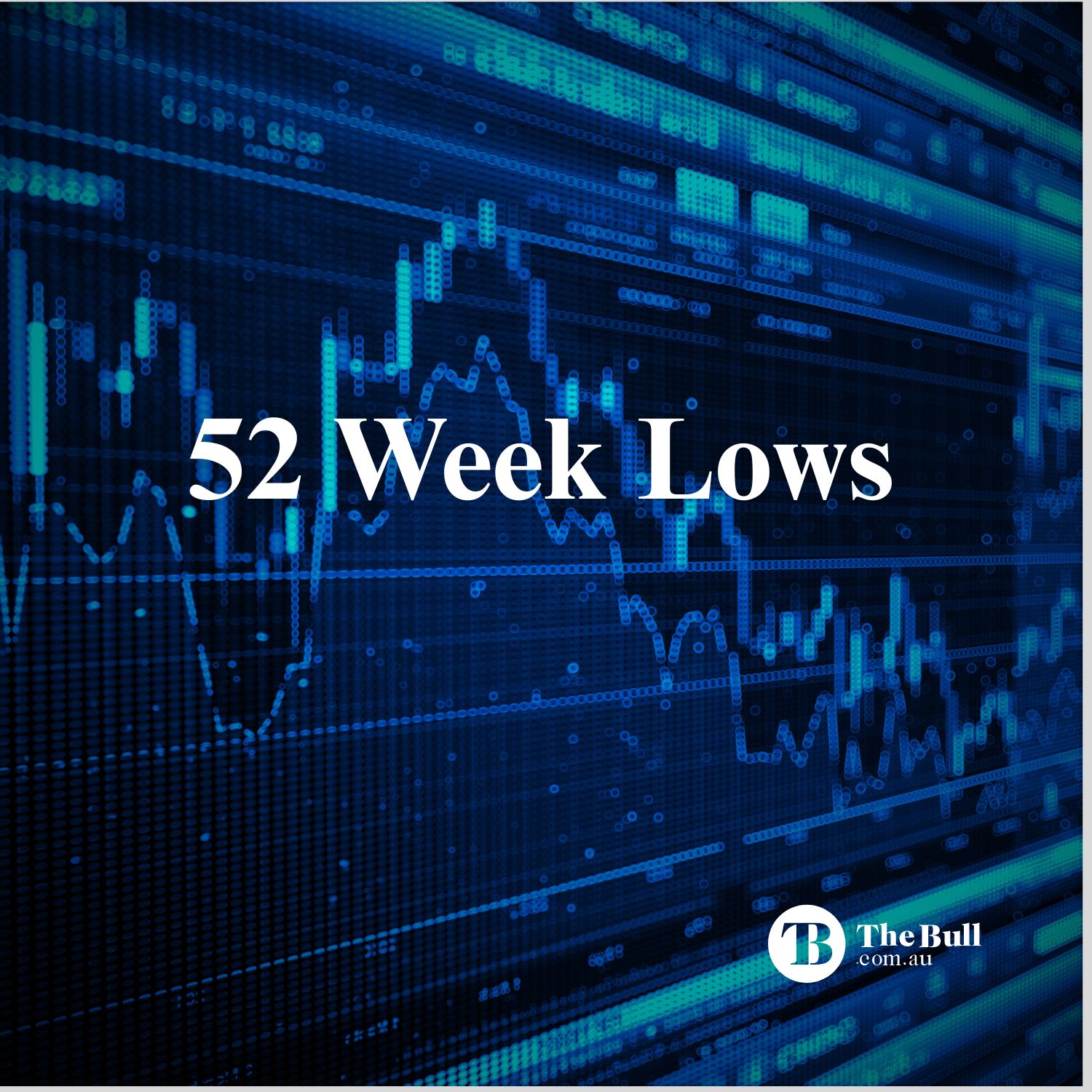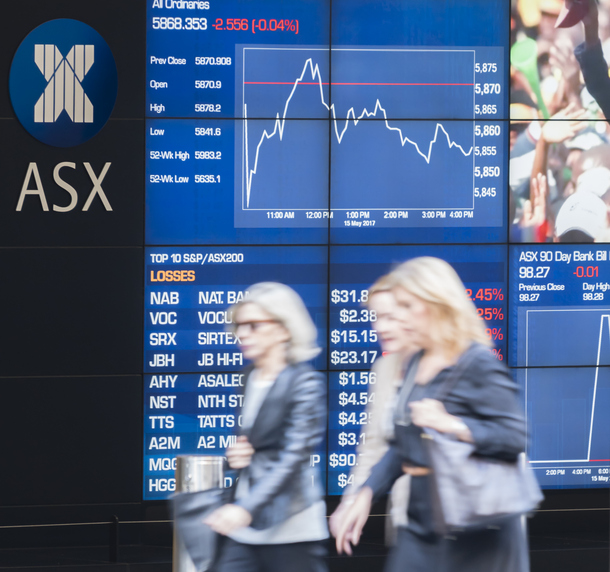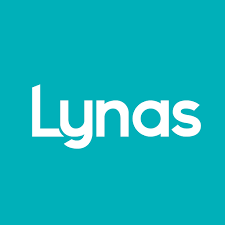
HMC Capital Shares (HMC) Drop 17.25% – What Is The Latest?
HMC Capital shares (ASX:HMC) experienced a dramatic sell-off today, down 17.25% as markets reacted to a stream of negative news. The steep decline reflects significant concerns surrounding the company’s leadership, earnings outlook, and strategic direction, particularly within its burgeoning energy transition portfolio. The immediate trigger for the market’s negative response appears to be the unexpected…

Macquarie Group Shares (MQG) Back Green YTD, Bump Into Resistance
Macquarie Group shares (ASX:MQG) ended the first day of July down 0.99%, giving back some of the recent gains, having bumped into resistance intraday at the A$230 level. The stock closed today at A$226.47, marking a 5.37% increase over the past week and more than 40% off of April’s lows. The recent surge in MQG’s…

Earnings and Dividends This Week – 30th June 2025
In this article we take a look at the upcoming dividends and earnings to watch out for on the ASX this week. Earnings This Week ASX listed stocks report earnings twice a year – once for the full year and once for the half ear. Some dual-listed stocks report earnings quarterly. Full Year earnings are released in…

52 Week Lows This Week – 30th June 2025
Stocks hitting 52 week lows and 52 week highs are closely watched by investors looking for value and high growth respectively. Bargain hunters look for profitable companies hitting 52 week lows, whereas stocks hitting 52 week highs provide fertile ground for growth seeking investors. Here are the stocks hitting 52 week lows and 52 week highs this…

Market Outlook This Week – 30th June 2025
We take a look back at the key events from last week, check the market outlook for this week and list the key economic events, data releases and IPOs to look for. In sharp contrast to US stocks where investors seem determined to ignore any potentially negative developments to keep the bull market…

Evolution Mining Shares End June Down 14.5%, Is Support Back In?
Evolution Mining shares (ASX: EVN) ended today’s session at A$7.79, making a 2.64% gain, despite what has been a month of retreat for the stock. The gold miner has enjoyed a stellar year, rewarding investors with gains exceeding 127%, however, recent headwinds, including a 14.5% drop in the month of June have some questioning if…

MotorCycle Holdings Shares (ASX:MTO) Hit New High – Analyst Call Announced For Morning
MotorCycle Holdings share price (ASX:MTO) rallied 18.07% today, as support stepped in to propel MTO to a new 52 week, and multi-year high. The company, a prominent player in the Australian motorcycle retail sector had seen it’s price bump into resistance around A$2.65 a few times in recent weeks, only to falter. Today’s move however…

Lynas Rare Earths Shares Pull Back As China Agrees To Implement ‘Geneva Consensus’
Lynas Rare Earths (ASX:LYC) is currently dealing with a complex landscape of fluctuating demand, analyst downgrades, and production challenges. The recent uncertainty has resulted in Lynas’ share price dipping below A$9.00, heading into the weekend at A$8.88, the same level as April 22nd, where the price subsequently fell back. This represents a 4.77% decline over…

Australian Mining Giants (RIO, BHP, FMG) Gain as ASX 200 Dips into Weekend
Share prices of Australia’s iron ore giants, BHP Group Ltd (ASX: BHP), Rio Tinto Ltd (ASX: RIO), and Fortescue Ltd (ASX: FMG) have each seen strong gains today, propelled by an increasing price of iron ore futures. Rio Tinto shares gained 4.59%, BHP shares added 3.9%, whilst FMG saw gains of 3.55%. This makes a…

Big Three Energy Shares On Different Paths – New Lows And Tests of Resistance
The Australian energy sector presents a mixed picture, particularly when evaluating the big three. Here we are taking a look at the very different paths that two of the big three find themselves on, AGL Energy (ASX: AGL) and Origin Energy (ASX: ORG). Both companies are navigating a challenging transition away from traditional fossil fuels…




